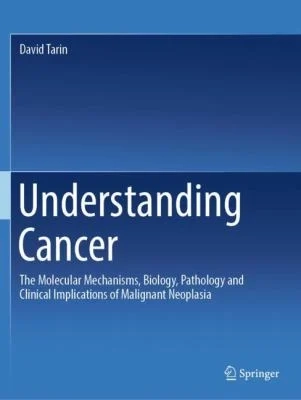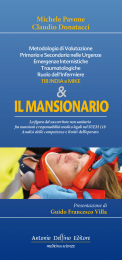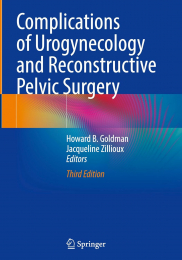Non ci sono recensioni
DA SCONTARE
This book provides a unique, wide-ranging description of the phenomenon of cancer and its pathological effects in diverse species including humans, domesticated and wild animals, invertebrates, and plants. The broad scope of information presented is used to construct radical new insights into biological self-regulation and explain their relevance to its disruption by cancerous growth and spread within the human body.
Mechanisms of action of carcinogenic agents, initiation, progression, metastasis, inappropriate gene expression, dormancy, latency, regression, and reasons for susceptibility and/or resistance to cancer are all considered. Also discussed are criteria for pathological diagnosis, advances in treatment, implications for public health, and pitfalls in diagnosis and interpretation of experimental results.
The book describes operational mechanisms of cancer at the levels of whole individual, organ, tissue, cell, molecular, and even atomic (quantum) scales of structural and physiological order.
Evidence is assembled from all these levels of organization to show that cancer is a dynamically changing disorder and that it is an inherent and perpetual risk of multicellular composition. This provides pragmatic new biological and clinical perspectives on malignant neoplasia. The biological insight is that it is a consequence of progressing miscommunication within a cellular society.
The clinical perspective is realistic but optimistic in reasoning that, although cancer can never be completely eradicated from human life, because it is a disorder of our intrinsic biological constitution, it can be controlled and ameliorated and even cured in a proportion of individuals.
The text is profusely illustrated with over 300 macroscopic and microscopic pictures. It will stimulate curiosity and interest specialists, as well as beginners, in many scientific disciplines and provides copious references to the medical and scientific literature supporting its conclusions.
Readers from fields as diverse as medicine, pathology, veterinary sciences, cell biology, molecular biology, developmental biology, and epidemiology will find the information the book contains thought-provoking, interesting, and useful. Additionally, specialists in occupational and environmental health and legal experts focusing on exposure to carcinogenic materials and pollution will find the contents valuable and informative.
Front Matter
Pages i-xxv
PDF
Defining Cancer: Comparisons of Normal Development and Cancer Formation
Front Matter
Pages 1-1
PDF
Understanding the Nature of Cancer–General Principles
David Tarin
Pages 3-26
The Phenomenon of Inappropriate Gene Expression and Its Biological and Clinical Consequences
David Tarin
Pages 27-57
The Tumour “System”—Pathology and Pathophysiology of the Tumour Microenvironment
Front Matter
Pages 59-59
PDF
The Tumour System
David Tarin
Pages 61-91
The Host Stroma and the Tumour Microenvironment
David Tarin
Pages 93-110
Prevalence of Cancer in Nature and History of Study of the Disease
Front Matter
Pages 111-111
PDF
The Biology and Natural History of Cancer
David Tarin
Pages 113-139
Major Events in the History of Medical Understanding of Cancer
David Tarin
Pages 141-154
Causes and Mechanisms of Cancer Formation, Invasion, Metastasis and Associated Symptoms: Clinical and Experimental Studies
Front Matter
Pages 155-155
PDF
The Behaviour of Cancers: Invasion and Metastasis I. Clinico-Pathological Aspects
David Tarin
Pages 157-173
The Behaviour of Cancers: Invasion and Metastasis II. Experimental Analysis of Mechanisms
David Tarin
Pages 175-227
Causes of Cancer and Mechanisms of Carcinogenesis
David Tarin
Pages 229-279
Paraneoplastic Syndromes
David Tarin
Pages 281-300
Synthesis and Significance of a New Perspective on Malignancy
Front Matter
Pages 301-301
PDF
Clinical Implications of Multi-level (Scalar) Disorganisation in Cancer
David Tarin
Pages 303-313
Understanding the Significance of Cancer in the Overall Spectrum of Disease
David Tarin
Pages 315-318
Back Matter
Pages 319-325




